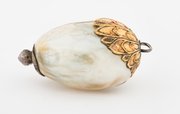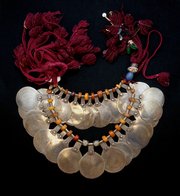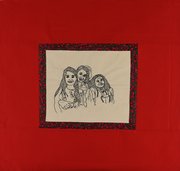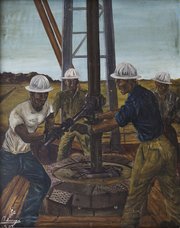
The Schwarzenberg Paradise Park Carpet
Museum of Islamic Art
- Title:
- The Schwarzenberg Paradise Park Carpet
- Production place:
- Iran
- Date:
- 1500 - 1599
- Period:
- Safavid
- Title:
- The Schwarzenberg Paradise Park Carpet
- Production place:
- Iran
- Date:
- 1500 - 1599
- Period:
- Safavid
- Material:
- Wool, Cotton
- Technique:
- Weaving
- Dimensions:
- 517 × 261
Known as “Paradise-Park" carpet for its large garden motifs with animals and a water fountain in the centre, this elaborate carpet is a masterpiece of Iranian carpet knotting craftsmanship. The expression “Paradise Park” here refers to a particular group of carpets from Iran that specifically combine motifs of lush plants and trees, chasing animals, and birds arranged around a central element, often a medallion with a pool, such as in this example. The central medallion shows a pool of water with a circle of ducks, complemented by a cartouche and pendant with pairs of peacocks on either end. The rest of the field has been divided into four quarters with mirroring imagery of wild animals such as leopards, lions, birds, and phoenixes amidst flowers and vegetation including cypress trees (a symbol for the beautiful and slender body of the beloved in Classical Persian literature and poetry). The border consists of a series of birds, flowers and cloudband motifs. Due to its large dimensions, fine material, and beautiful and elaborate decoration, this carpet would have been made for members of the Iranian 10th-century AH/16th-century CE upper class. The theme of paradise is an ancient and popular one that often recurs in Persian literature and figurative art, paradise envisioned as a verdant garden inhabited by peaceful wild animals, birds, and mythical creatures.



